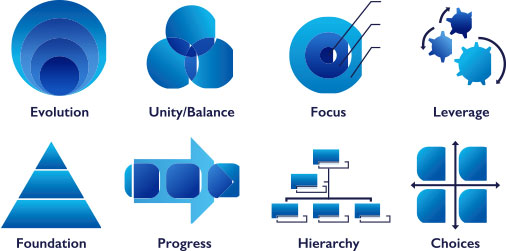 Download a printable copy of this article (PDF 430KB)
Download a printable copy of this article (PDF 430KB)
- Reflection requires something to reflect upon.
- Informal reflection is valuable.
- Your models are perfect for reflecting on.
- Build personal and team models for focus.
- Select a model that’s fit for purpose.
There is almost universal agreement from school leaders about the high level of the importance of reflection in their work. It stands to reason that highly effective and impactful leaders spend some time focusing on their own strengths and weaknesses.
The question of HOW they reflect is more of a challenge. Answers from leaders become vague and past-focused. Some school leaders try to think of Performance Review meetings they’ve engaged in, 360 Feedback processes and dialogue they’ve had with contemporaries.
“Follow effective action with quiet reflection. From the quiet reflection will come even more effective action.”
– Peter Drucker
Others reflect more informally – at the traffic lights on the way home, while on the treadmill, over an early morning coffee or while walking the dog. It may sound
counter-intuitive but this second group is likely to be reflecting with greater effect.
This is because the second group is more likely to be focusing on how well their model for operating is matching their operational purpose. They are thinking about themselves for a moment and not the broader strategic plan. And in the end, the very purpose of reflection is to look at yourself.
Looking in the mirror is how you prepare for any work day. Whether it’s shaving or applying some make-up, you rely on that reflection for the desired result. Without the mirror, others will be aware of the result well before you are. It is the same with professional reflection. You need something to reflect upon to demonstrate a high level of reflective commitment.
Without a model for reflection, the best you can do is TRY to reflect and it will feel a little like shaving in the dark. Without a framework through which to view your own behaviours, achievements and shortcomings you don’t know where your next professional challenges lie and struggle to identify meaningful actions.
 Spending time together with your leadership team, building personal or collective models can be a powerful way to make a genuine commitment to professional reflection.
Spending time together with your leadership team, building personal or collective models can be a powerful way to make a genuine commitment to professional reflection.
Models can provide amazing ways to exponentially improve your reflective ambitions. Choosing the right model for your current purpose and context is also critical. Here are a few examples:
| Model Type | Model Function |
| Evolution | Where a role or project needs to begin with core componentry in place from which other actions and advancements can evolve. |
| Unity/Balance | Three important criteria to keep in mind where overlaps can be explored and work focus can be plotted. |
| Focus | For making priorities clear. |
| Leverage | Handy for middle managers, this model assists in differentiating the work required to mobilise key players in a project or team. |
| Foundation | Similar to evolution, this model allows us to work on the base required for more important or aspirational targets. |
| Progress | Useful for stepped plans and procedures where previous work is moved passed rather than built upon. |
| Hierarchy | Often mistaken for power structures, these models are perfect for establishing role clarity. |
| Choices | For two priorities that must be maximised rather than compromised for each other. |
Your commitment to reflection as a leader is not revealed in a Performance Review template or even a conversation. It’s about whether you have a mirror (a model) in which to take the occasional good, hard look at yourself.




